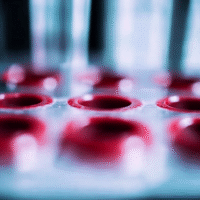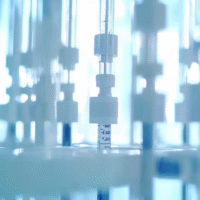Understanding the Study Results
This study looked at pain levels after dental retreatment using two different techniques: rotary files and reciprocating files. Both methods were used in a single visit for patients with and without symptoms.
What Worked?
- Both techniques resulted in low levels of pain.
- Patients found single-visit retreatment to be effective and comfortable.
- Overall, pain was similar regardless of which file system was used.
What Didn’t Work?
- There were no significant differences in pain based on the type of file used.
- Factors like age, sex, or tooth position did not affect pain levels.
How This Helps Patients and Clinics
- Patients can expect low pain levels after a single visit.
- Clinics can reduce the number of visits needed for retreatment, saving time and resources.
Real-World Opportunities for Hospitals and Doctors
- Implement single-visit retreatment techniques in practice to improve patient comfort.
- Train staff on the use of both rotary and reciprocating file systems.
Measurable Outcomes to Track
- Patient pain levels after procedures at 24 hours, 48 hours, 72 hours, 7 days, and 14 days.
- Number of analgesics (pain relievers) used by patients post-treatment.
AI Tools to Consider
- AI-based applications can help track patient feedback on pain levels over time.
- AI tools can assist in scheduling and managing patient follow-up visits efficiently.
Step-by-Step Plan for Clinics
- Start by training a small group of dentists on single-visit retreatment techniques.
- Begin implementing these techniques in a limited number of cases.
- Collect data on patient pain levels and analgesic use after each procedure.
- Review and analyze the collected data to evaluate outcomes.
- Gradually expand the use of single-visit retreatment based on positive results.
For more information on the study, visit ClinicalTrials.gov NCT06357481.






























